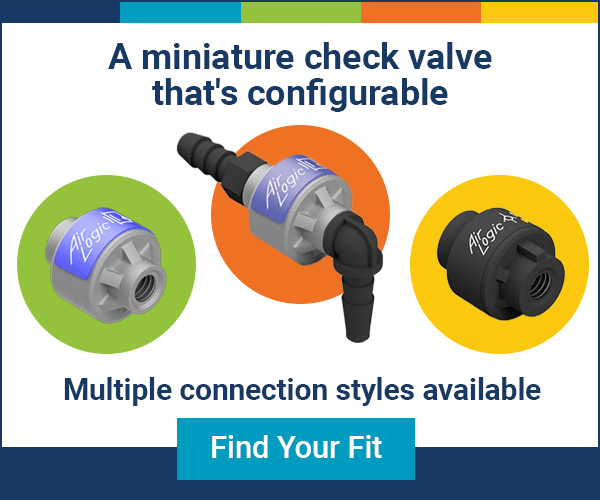How to Choose an Inline Filter – Chemical Compatibility
 Selecting inline filters for chemical compatibility
Selecting inline filters for chemical compatibility
Sometimes I feel overwhelmed when I consider how many different chemicals we encounter in our daily lives. This bleeds over into technical considerations at work. We need to know the chemical compatibility of metals and plastics. This is critical when it comes to choosing inline filters. In this post, I will go over the importance of chemical compatibility as well as some other tips to choosing components for your process.
Plastics and chemical compatibility
Chemicals can change a plastic’s physical properties.
They can:
- attack the chemistry of the plastic and potentially dissolve it
- cause softening and swelling
- cause discoloration
- permeate or percolate through plastics
- play a key role in causing stress cracking of plastics

Pressure and mechanical stress
Operating conditions can increase corrosive effects. Changes in pressure can also change chemical compatibility. Think about your process:
- What are the internal and external mechanical stresses and pressures?
- How long are the parts exposed to these conditions?
Temperature affects chemical reactivity
- Higher temperatures increase chemical reactivity
- Higher temperatures can increase a chemical’s tendency to percolate through plastics
- Some chemicals can be handled safely only within limited temperature ranges
- Chemical compatibility reference charts assume a temperature of about 70° F
There are many potential sources of heat in a process
- The surrounding environment
- Hot liquid releases into the system
- Chemical dilution can produce heat
- Chemical reactions can generate heat
Chemical combinations
This is probably the most important thing you need to think about when choosing inline filters. The effects of chemical mixtures can be very difficult to predict. The engineering review of fluid and gas handling using plastic fittings or tubing requires an understanding of plastics and their properties. You need to ask for sample parts and test them in real-world conditions.
See our Chemical Compatibility Chart for more information.
I know chemical compatibility can seem like too much at first. You need to make the best inline filter choice for the chemicals found in your process. You also need to know the chemicals in the service environment. Request sample parts and test them. We want you to be safe and save time and money that may be caused by system failure and extra maintenance.
Look for our upcoming blog article for a discussion of operating conditions:
How to Choose an Inline Filter – Operating Conditions
